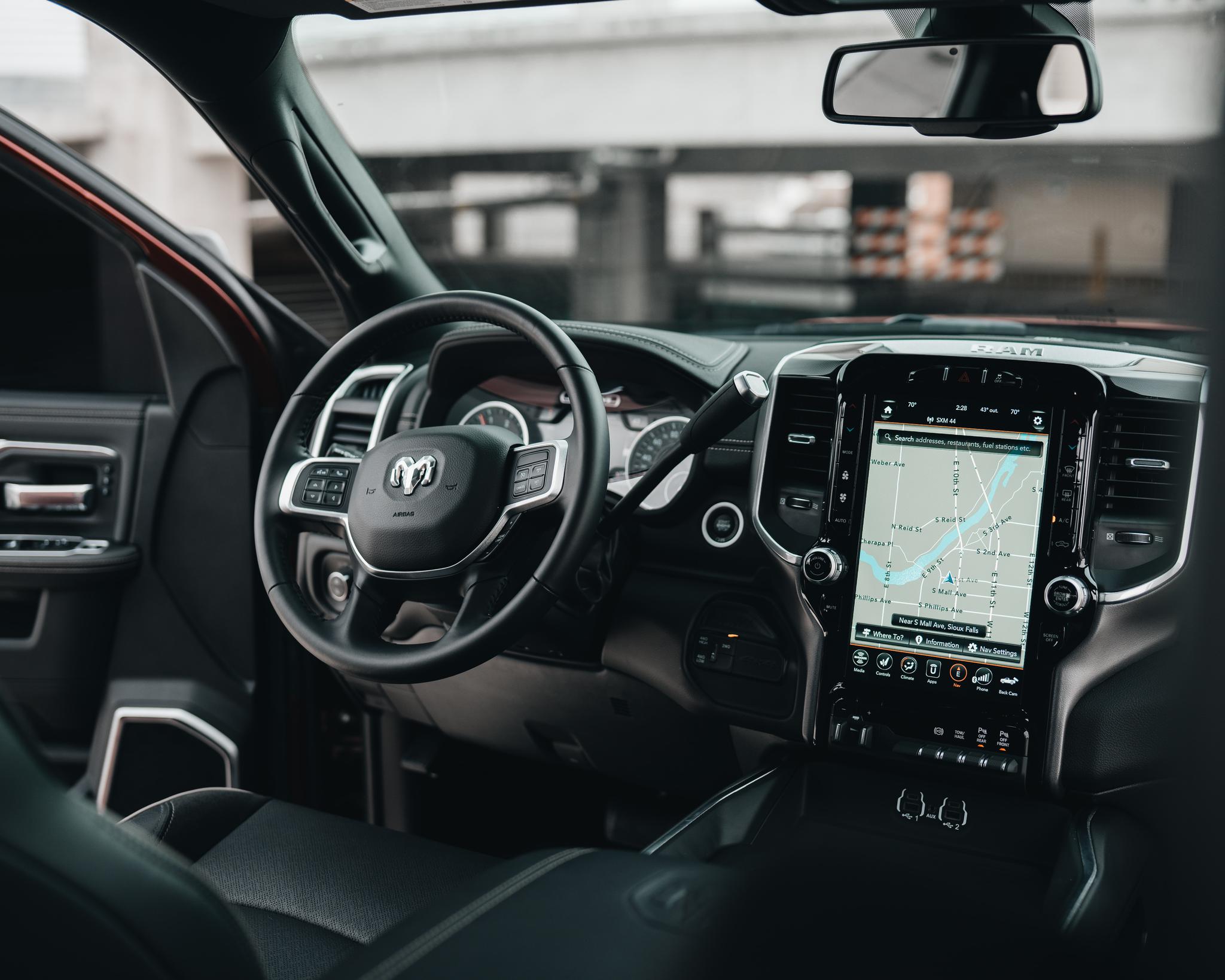Using Technology to Overcome Disabilities
Artificial Intelligence has the power to transform our lives in profound ways. From automating manual tasks to giving us a deeper understanding of the data we produce every second, AI has the power to help us progress infinitely faster than ever thought before. AI can also help empower those who have been limited in a society that does not always have their needs in mind.
The Power of Innovation

Human beings have always sought to build technology to make our everyday lives easier. But for those with disabilities, there is an even greater need for technological solutions to everyday problems. One of the earliest examples of known technology used to address the specific needs of those with disabilities includes prosthetics discovered in Egypt dating back to 950-710 B.C.E. Another example includes braille (1824), the universal reading and writing system for the blind. Modern technology, such as computer programming, robotics, and AI, can create even more advanced mechanisms to help give people with disabilities more independence.
AI-powered Assistants

For people with physical disabilities, simple, everyday household tasks can be daunting. AI-powered virtual assistants can help make homes much more accessible to physically impaired people. When paired with smart technology, these virtual assistants can help automate different tasks and lower the strain on impaired people. They can be used to control the lights, change the temperature in other rooms, order groceries, and even lock the door. These virtual assistants can also be activated using vocal commands.
Text-to-Speech and Speech-to-Text

Many disabilities can affect one’s ability to read and write. These disabilities can severely limit our ability to communicate with other people. Text-to-Speech and Speech-to-Text technology can help those whose disabilities restrict their communication to participate in conversation. These technologies use AI to analyze text and speech patterns, translating them into ways the user can understand. They make communication possible for those who are non-verbal or who struggle to read.
Self-Driving Technology

To survive in our society, navigating our surroundings is essential. However, navigation can be challenging if we have impaired vision or physical disabilities that hinder our ability to operate vehicular technology. Disabled people’s mobility is often limited because we live in a society built by and for people who can walk, drive, and navigate directions with little to no assistance. Without the ability to navigate a community, people with disabilities have few options to get around in public. Self-driving vehicles are an emerging technology that could increase independence for disabled people, allowing them to go out on their own and travel more safely. These vehicles can be programmed to follow pre-determined routes and recognize the names of street signs and stop signals. Self-driving cars can expand the areas that disabled people can access in society and increase their freedom overall.
